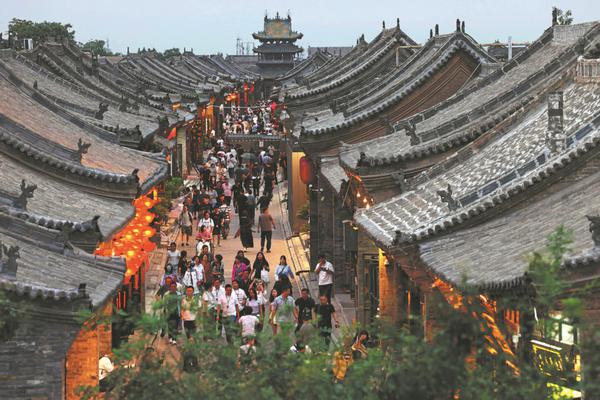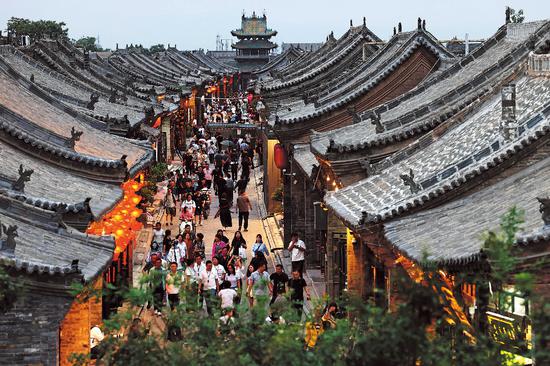Shanxi to make 130 coal mines 'intelligent' in 2025

ourists visit Pingyao Ancient City in Jinzhong, Shanxi province, on Sept 1. (Photo by Zhu Xingxin/China Daily)
Resource-rich Shanxi province plans to develop and convert 130 intelligent coal mines this year to integrate scientific and technological innovation with a new energy system and modern industrial framework, according to provincial Governor Jin Xiangjun.
The switch to intelligent mining in China is expected to improve efficiency, reduce emissions and modernize the industry in line with the country's green energy goals.
"Shanxi has focused on developing new quality productive forces based on local conditions while advancing comprehensive energy reform," Jin said in his government work report at the third session of the 14th Shanxi Provincial People's Congress, which opened Friday. He noted the province completed the adaption of 268 intelligent coal mines in 2024, maintaining its national leadership.
Shanxi's energy supply capacity increased in 2024, with seven newly constructed coal mines beginning trial operations, 10 coal mines passing acceptance inspections and five increasing production capacity.
"Advanced coal production capacity accounted for 83 percent of Shanxi's coal industry in 2024, while unconventional natural gas production exceeded 16.5 billion cubic meters, growing 12.7 percent year-on-year," Jin said. The province projects annual raw coal output from large-scale mines will reach 1.27 billion metric tons.
As a major coal-producing region, Shanxi plans to continue expanding its storage and production of unconventional natural gas.
Looking ahead to 2025, Jin said Shanxi aims for approximately 5 percent GDP growth and over 6 percent growth in fixed-asset investment. The province will accelerate wind power and photovoltaic projects and develop the hydrogen energy, ammonia energy and methanol industries.
Shanxi also seeks to achieve a clean energy installation ratio of more than 50 percent, while promoting geothermal, new and clean energy utilization.
Jin highlighted Shanxi's efforts to merge culture and tourism, including the "Follow Wukong to Travel in Shanxi" campaign, which capitalizes on the popularity of the domestically produced game Black Myth: Wukong. The game, launched in August, draws inspiration from the province's grottoes, temples, ancient buildings, sculptures and murals.
In October, Shanxi completed China's largest tourism road network, spanning 13,000 kilometers and connecting 5,630 villages. The network aims to boost rural vitalization, drive transformation and establish Shanxi as an internationally renowned cultural tourism destination.
"The project significantly enhances the integration of three major tourism routes — the Yellow River, the Great Wall and the Taihang Mountains — linking 531 cultural heritage sites and 976 scenic spots," Jin said.
Wang Chao, a deputy to the Shanxi Provincial People's Congress and director of the culture and tourism bureau of Jinzhong city, emphasized the importance of protecting cultural heritage for historical preservation.
"We must strengthen the conservation and restoration of cultural relics and use innovation to revitalize intangible cultural heritage," Wang said. He called for developing a "culture and tourism plus" model to transform and innovate traditional Chinese culture.
Shanxi University is leveraging the province's resources to boost its competitiveness and expand into new disciplines, said Wang Yanglin, also a deputy to the Shanxi Provincial People's Congress and Party secretary of the university.
"In 2024, Shanxi University made breakthroughs in national projects funded by the National Natural Science Foundation of China," Wang said. "We introduced over 40 high-level workers, driving the province's higher education development."

